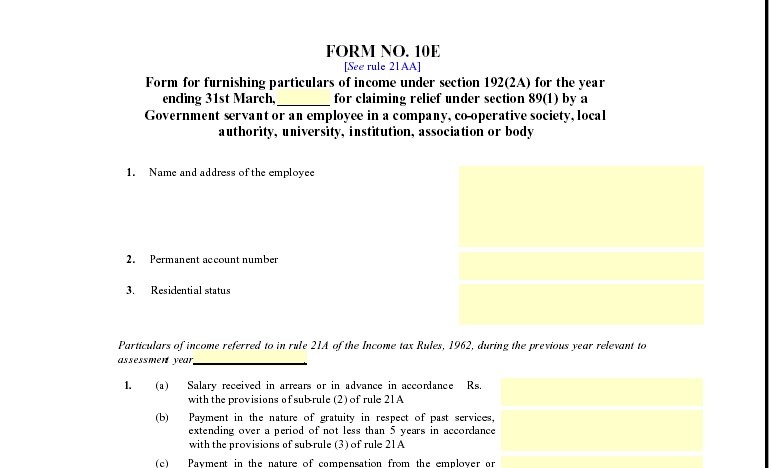[ad_1]
The Sylvan Porthcarno Valley in Cornwall, located on the Atlantic coast 506 km south-west of London, was an unlikely revolution that enabled Britain and its former colonies to communicate with each other.
Museum officials told a PTI correspondent that Porthcarno was a center of international cable communication from 1870 to 1970, and a training college for the communications industry until 1993.
Now a museum containing rare tools and details of the history of the telegraph, Porthacarno has been given millions of pounds in funding to develop an international education program that includes community groups in India.
Among its rare archives, discovered last week, are a collection of the first telegraph messages sent from Porthcarno and Mumbai (then Bombay).
Until that historic day, communication between England and India was unreliable, and it often took months.
According to the document, the first message was sent on the night of June 23, 1870, and a reply was received in 5 minutes, which was a technical achievement at the time.
The message was called a ‘complimentary telegram’ between the ‘managing director in London and the manager in Bombay’.
First message ‘Anderson to Stacy: How are you all?’ To which the answer was: ‘All well’.
Anderson’s second message was: ‘Please gentlemen of the press, ask Bombay to send a message to gentlemen of the press, New York’.
After several messages that night, including some to the Governor of Bombay, from lady mayo Lord Mayo, the Viceroy based in Shimla, and a Prince of Wales to Viceroy, received a response from journalists based in Bombay.
It said: ‘From the Press of India to the Press of America: The Press of India salutes the Press of America. answer me quickly’.
The document stated that the Viceroy of India had sent a telegraph to the President of the United States of America and “received a reply which reached him in 7 hours 40 minutes”.
The Viceroy’s message, which was read to the US Congress the same evening, was: “The Viceroy of India speaks directly by telegraph with the President of the United States of America for the first time. Complete the long line of uninterrupted communication. of the Eastern and Western worlds.” Symbol of permanent union between”.
Telegraphic communication with India was first established in 1864 by overland telegraph lines from Europe to the top of the Persian Gulf and then by an undersea cable to Karachi, but the overland section was never satisfactory, making the undersea more reliable. Cabling efforts were spurred on.
In 1869, the telegraph pioneer John Pender founded British Indian Submarine Telegraph CompanyWhose task was to lay cables under the sea for India.
The five ships used for laying thousands of kilometers of cable were the Great Eastern, William Cory, Chiltern, Hawke and Hibernia.
It took six weeks to lay the cable from Suez to Bombay. After this the final link from Malta to Porthcarno was laid.
It was the first long-distance cable ‘series’, and was opened to the public with great pleasure, museum records show.
After the connection with India was established, Porthcurno was connected by undersea cables to many other regions around the world.
At its peak, it was the largest station in the world, with 14 cables in operation. Porthcarno’s telegraphic codename was ‘PK’.
During World War II, an underground building and tunnel for the entire telegraph operation of Porthcarno were dug by Cornish miners.
The building today houses the museum and archives that heralded the communications revolution in the late nineteenth century.
In addition to £1.44 million in funding received in January, this week the museum has been given £35,000 from the international telecommunications organization SubOptic to develop an education project with community groups in India and other countries.
Museum officials said the money would fund an international education program that would benefit users from spring 2013.
It will include online learning resources including video clips, animations and games that will enable users to discover the science of global cable-based telecommunications, as well as its effects on local identity, democracy and culture.
[ad_2]
Source link


